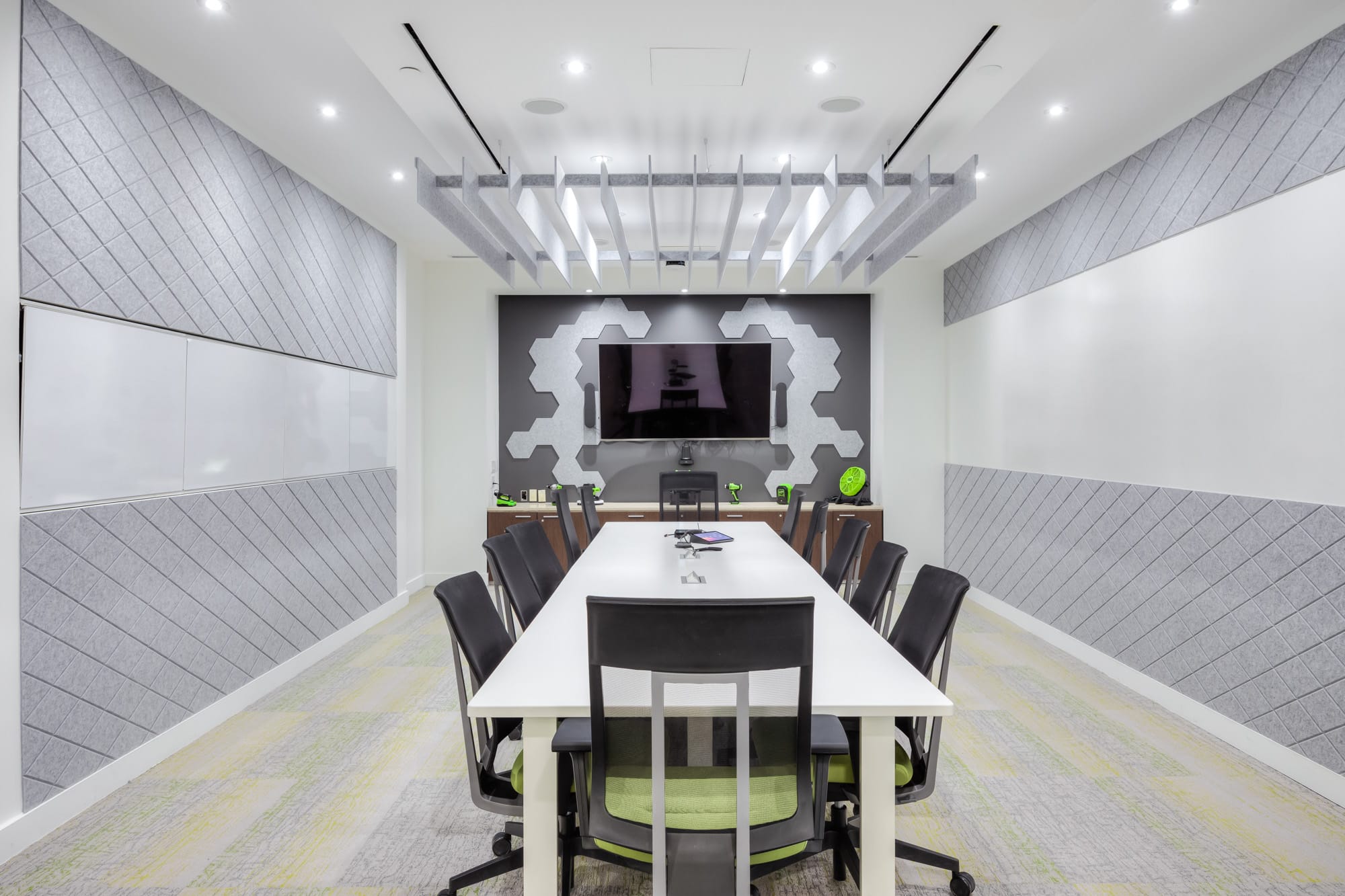In today’s digital age, integrating technology into meeting rooms is essential for enhancing collaboration and productivity. Effective use of technology can streamline communication and facilitate better decision-making.
Assessing Your Meeting Room Needs
Identify the primary functions of the meeting room.
Understanding the specific needs of your meeting room is crucial for selecting appropriate technology. Consider the types of meetings held, whether they are in-person, hybrid, or virtual. This assessment will guide decisions on necessary equipment, such as video conferencing tools or interactive displays. Additionally, evaluate the room’s layout and acoustics to ensure that technology can be used effectively. Ultimately, a tailored approach can significantly enhance the meeting experience for all participants.
Choosing the Right Technology
Select user-friendly technology solutions.
The chosen technology should be easy for all attendees to use, regardless of their technical proficiency. This includes intuitive interfaces for video conferencing systems and presentation tools. Training staff and users on how to effectively utilize the technology can greatly improve meeting outcomes. Moreover, devices should be compatible with various operating systems and applications to accommodate all participants. Investing in high-quality equipment also ensures reliability and enhances the overall experience.
Ensuring Reliable Connectivity
Establish a robust internet connection.
A stable and fast internet connection is essential for seamless video conferencing and data sharing during meetings. Assess the current bandwidth and consider upgrading to a dedicated network for meeting rooms. It is also beneficial to conduct regular testing of the connection to prevent disruptions. Implementing backup solutions, such as mobile hotspots, can provide additional security against connectivity issues. Ensuring excellent connectivity allows for uninterrupted communication and efficient workflows.
Utilizing Collaborative Tools
Implement collaborative software for real-time interaction.
Tools such as shared documents, digital whiteboards, and project management applications can significantly enhance collaboration during meetings. These technologies enable participants to contribute ideas and edit documents in real time, fostering engagement and creativity. Additionally, they facilitate better organization of meeting content and follow-ups. Choosing software that integrates seamlessly with existing technology will improve user experience. Ultimately, these collaborative tools can lead to more productive discussions and outcomes.
Incorporating Audio-Visual Equipment
Invest in quality audio-visual equipment.
High-quality audio and visual equipment is crucial for effective communication in meetings. This includes microphones, speakers, and high-definition displays that ensure all participants can see and hear clearly. Furthermore, consider acoustics and room layout to minimize sound barriers and enhance audio clarity. Regular maintenance and updates of this equipment can prevent technical issues and enhance user satisfaction. Ultimately, investing in AV equipment contributes to more engaging and successful meetings.
Implementing Smart Room Technology
Integrate smart technology for enhanced control.
Smart technology, such as automated lighting and climate control systems, can create a more comfortable meeting environment. These systems can be managed through a central control panel, allowing users to adjust settings easily. Additionally, smart technology can assist in scheduling and managing the use of the room, reducing conflicts and optimizing availability. Incorporating these systems not only improves convenience but also promotes a modern and professional atmosphere. This technological integration can set a positive tone for any meeting.
Training Staff and Users
Provide comprehensive training on all technology.
Ensuring that all users are well-trained in the technology available in the meeting rooms is crucial for maximizing its potential. Regular training sessions can help familiarize staff with new tools and upgrades, ensuring everyone is comfortable with their usage. Additionally, providing easy-to-access guides or quick reference materials can support users during meetings. Encouraging a culture of learning around technology will help users feel empowered to make the most of the tools available. This investment in training can ultimately lead to more efficient and effective meetings.
Incorporating technology into meeting rooms not only enhances productivity but also fosters better collaboration among team members. By thoughtfully assessing needs, choosing user-friendly tools, and investing in quality equipment and training, organizations can create a meeting environment that promotes success.

